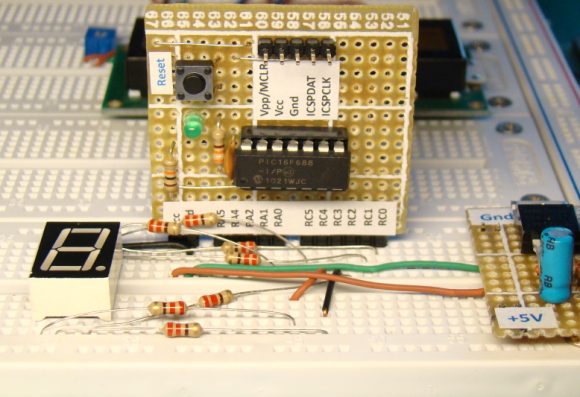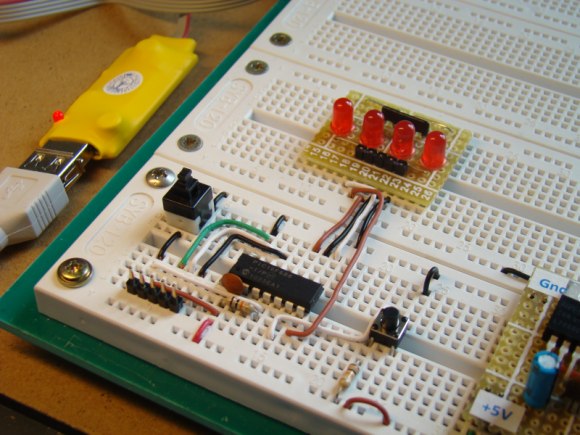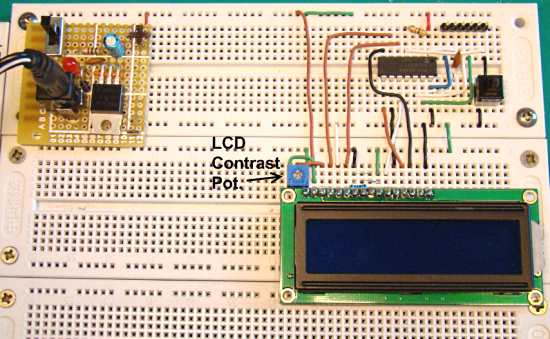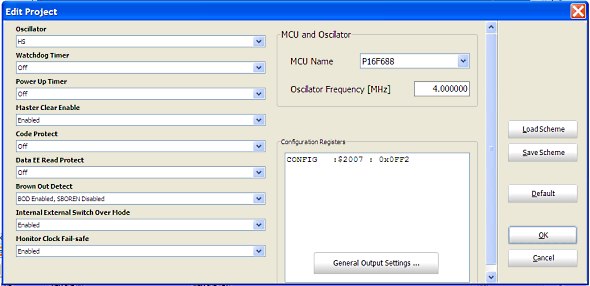Lab 6: Seven segment display

Introduction Seven segment LED displays are often found in clock radios, VCRs, microwave ovens, toys and many other household items. They are primarily used to display decimal numbers but they can also display a few alphabets and other characters. This experiment describes interfacing a seven segment LED display to a PIC16F688 microcontroller. You will make a hexadecimal counter that counts from 0 (00h) to 15 (0Fh) and display the value on the seven segment LED display. Required Theory A seven segment LED display is an special arrangement of 7 LED elements to form a rectangular shape using two vertical segments on each
Read more


